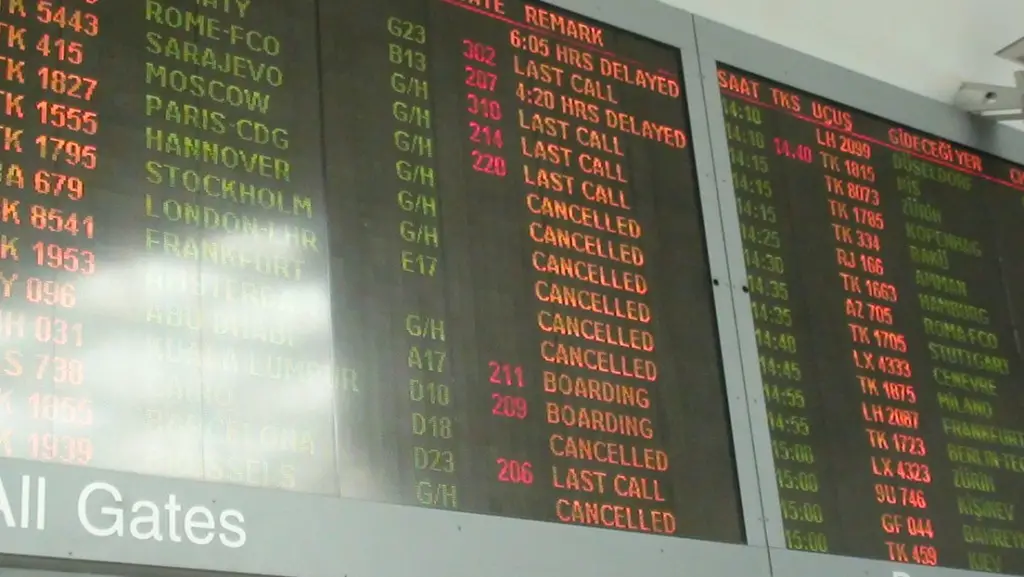
In an unprecedented turn of events, the National Air Traffic Services (NATS) experienced a catastrophic system failure, sending shockwaves through the aviation industry. This disruption led to the cancellation of approximately 2,000 flights, leaving passengers stranded and airports in disarray.
NATS is responsible for managing and controlling air traffic in the United Kingdom. NATS ensures the safe and efficient movement of aircraft in UK airspace, providing air traffic control services, airspace management, and innovative technology solutions to support aviation operations.
This incident resulted in worrisome financial and emotional losses for consumers, but more importantly, it dealt a significant blow to NATS’ prestigious reputation. An estimated 300,000 passengers were affected by this incident.
What went wrong with the UK air traffic control system on August 28, 2023, and did the aviation industry respond as expected, or did they remain in the shadows? This is a critical inquiry, and we’re about to uncover who can handle turbulence and who cannot.
The Civil Aviation Authority (CAA) has initiated an investigation to provide answers to the affected individuals. Currently, the filing of an anomalous flight plan is considered the primary culprit behind this catastrophic system failure. Authorities have yet to provide a stringent explanation for why the backup systems failed.
According to a preliminary report submitted by NATS, the air traffic control system, responsible for managing UK flights, recently experienced a critical failure triggered by anomalous data in a flight plan. This forced the main system and its backup into ‘maintenance mode,’ rendering them incapable of normal operations. Consequently, air traffic controllers could only manage 15 percent of the usual flight flow, underscoring the system’s vulnerability and the challenges of manual control during such disruptions.
An anomalous flight plan refers to an irregular flight route or plan that deviates from standard aviation procedures, often requiring special attention from air traffic control.
The inquiry, overseen by industry expert Jeff Halliwell, will delve into the heart of the system failure and examine the preventive measures taken in response. Furthermore, it will scrutinize NATS’ communication protocols with airlines and airports during the unfolding crisis, evaluating the potential impact of technical, organizational, and cultural factors on the incident’s magnitude.
In cases where a carrier abruptly cancels a flight, it immediately assumes responsibility for arranging suitable alternative transportation and, when necessary, providing lodging accommodations. Unfortunately, several instances have been documented where such obligations still need to be fulfilled.
As summer holidays reached their grand finale, numerous travelers found themselves shelling out hundreds or even thousands just to find a path homeward, all while draining hard-earned money into expenses they wouldn’t have had if this catastrophe hadn’t happened.
The review aims to unveil the absurdity of the costs passengers were forced to ‘pay and then beg for reimbursement’ when airlines failed to step in with alternatives. Additionally, it will examine the often comical dance of how airlines handled vulnerable passengers, those in need of extra care during their journeys.
Some hopeful news for the affected is that CAA’s chief executive, Rob Bishton said, “The events of the 28 August bank holiday had a significant impact on many passengers. That’s why we’ve launched this independent review to understand what happened and learn lessons for the future”
Also, Mr. Halliwell said: “It is clear lessons need to be learned. I am looking forward to working with industry and passengers to tackle this review to understand how the incident occurred, how it was managed, and identify any recommendations.”
This incident is a stark reminder of the critical role air traffic control systems play in modern air travel, raising concerns about the industry’s resilience in the face of unforeseen challenges.





